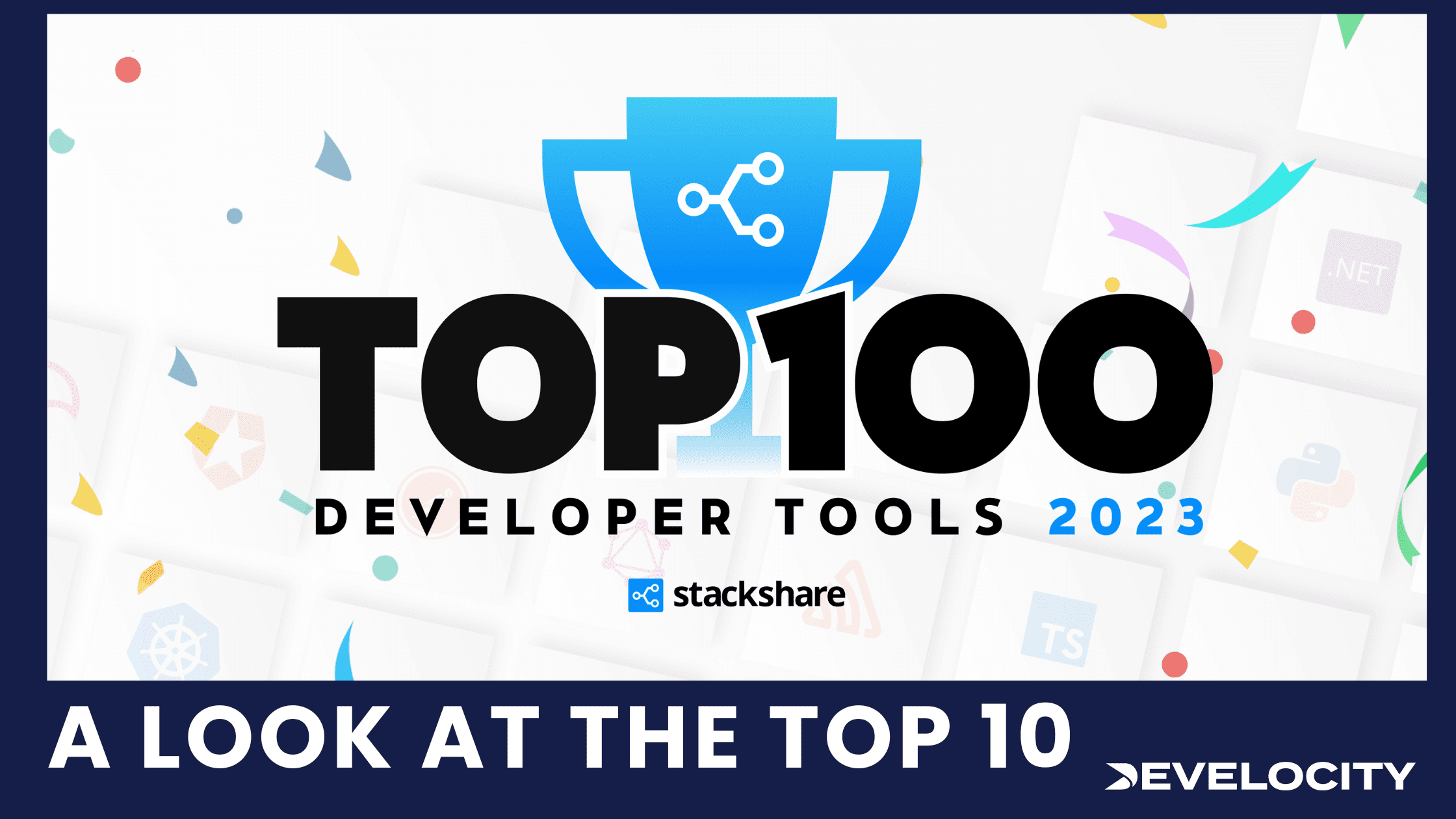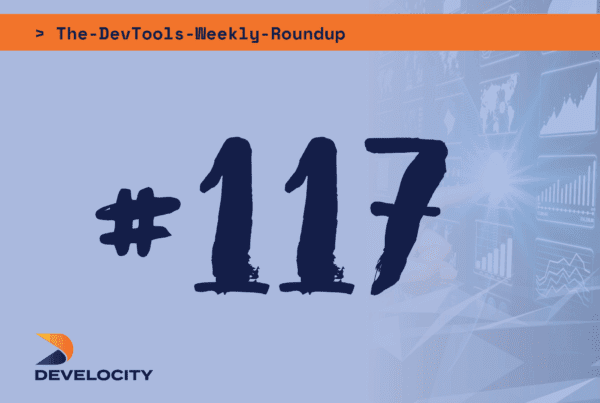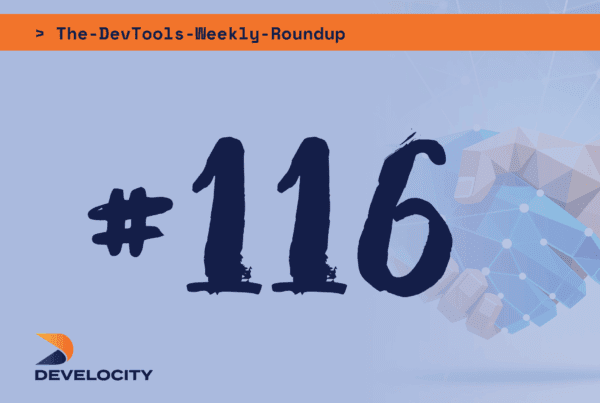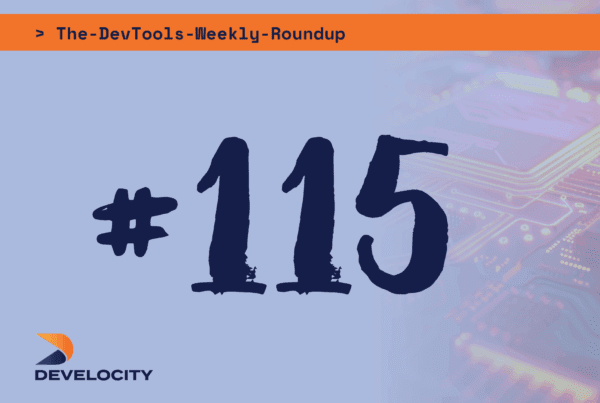Today, we are excited to share the recently announced top 100 developer tools for 2023 by StackShare, the most comprehensive database of software tools and services used by developers. We are thrilled to see that AI-powered solutions have taken over the top 10 spots. It is not a surprise considering the strides that AI has made in recent years. According to a report by McKinsey, AI has the potential to create $13 trillion in economic value by 2030 and as per GitHubs famous report last year, 92% of developers use AI coding tools. This demonstrates significant potential and is attracting a lot of investment and resources to further develop AI-powered tools.
Stackshare’s list of 100 top developer tools was released on January 31st 2024 and is based on the analysis of 12 million data points from the StackShare community!
Without further ado, let’s have a look at who made it into the top 10.
LangChain: a framework for developing applications powered by Language Models. With its popularity skyrocketing among developers, it is no wonder LangChain takes the top spot on the list. The framework streamlines the development process by providing a wrapper around the most popular language models, making it easier for developers to utilize more than one model and keep up with changes more easily.
AutoBackend: Create an AI-generated backend with just a few sentences. AutoBackend generates code using natural language processing and machine learning. With it, developers can create a backend for their application without any knowledge of server-side programming.
Shadcn UI: Beautifully designed components built with Radix UI and Tailwind CSS. Shadcn UI combines the power of the Radix UI and Tailwind CSS libraries to create a beautiful and intuitive set of UI components.
Vercel AI SDK: An interoperable, streaming-enabled, edge-ready software development kit for AI apps. Vercel AI SDK makes it easy to deploy machine learning models to the edge, resulting in faster and more responsive AI applications.
tRPC: Build fully typesafe APIs without code generation or schemas. tRPC eliminates the need for code generation or schema files. Developers can define their APIs strictly in their programming language of choice.
Auto-GPT: An experimental open-source attempt to make GPT-4 fully autonomous. This project aims to create a fully autonomous version of GPT-4, a language prediction model that has shown incredible promise in its early trials.
FauxPilot: An open-source GitHub Copilot server. FauxPilot provides similar functionality to GitHub Copilot but is an open-source and decentralized alternative.
PineCone: Build high-performance vector search applications. PineCone is a fully-managed vector search engine that developers can use to build a variety of search applications, including product recommendations and document embeddings.
Watermelon: GPT-powered code contextualizer. Watermelon uses the GPT-4 language prediction model to analyze code and provide contextual information about its usage.
PrivateGPT: Interact privately with your documents using the power of GPT, 100% privately, no data leaks. PrivateGPT is a privacy-focused alternative to platforms like OpenAI’s GPT that allows developers to interact with their documents privately and securely.
It is intriguing to see that 7 out of the top 10 tools are AI-related. The domination of AI in this year’s top developer tools is more than a trend; it’s a signpost for where we’re headed. These tools aren’t just making development faster or more efficient; they’re reshaping how we think about building technology. It’s about enhancing creativity, pushing boundaries, and, yes, tackling the mundane with a bit more flair.
Have you used any of the tools mentioned? We are curious to hear about your experience. You can find more information about each of the tools by clicking on the links provided in the list.
Thanks for reading! For the full list of StackShare’s Top Developer Tools for 2023 head here.



